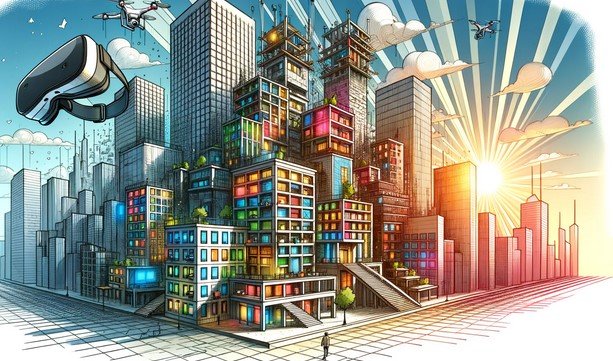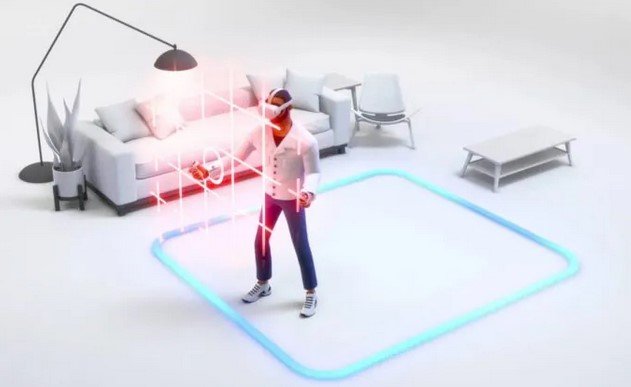Real-time rendering plays a critical role in various fields like video games, simulations, and virtual reality. It involves generating images instantly to provide immediate feedback to users. However, despite its importance, real-time rendering comes with significant challenges. These challenges include performance limitations, hardware constraints, and achieving high-quality visuals without delays. This post explores the key challenges in real-time rendering and how the industry is working to overcome them.

Performance Limitations in Real-Time Rendering
One of the biggest challenges in real-time rendering is the need to maintain high performance. Rendering an image requires significant computational power. For real-time applications, such as video games or VR, rendering must occur within milliseconds to maintain smooth and interactive experiences.
Achieving this level of performance often involves balancing between frame rates and image quality. High frame rates are crucial for smooth motion, while image quality impacts user immersion. However, maintaining both simultaneously can overwhelm the hardware. Game developers, for example, frequently need to make trade-offs between visual fidelity and system performance to ensure that users have a responsive and enjoyable experience.
Hardware Constraints
Hardware limitations are another key challenge for real-time rendering. The graphics processing unit (GPU) is responsible for rendering high-quality visuals. However, even the most powerful GPUs face limits on the number of polygons they can process per second or the complexity of textures they can handle.
This constraint forces developers to optimize their games and simulations to ensure smooth real-time rendering. While more advanced GPUs are constantly being developed, not all users have access to top-tier hardware. Therefore, optimizing content for various hardware configurations remains a challenge for ensuring that users, regardless of their device, can experience smooth real-time rendering.
Achieving High-Quality Graphics Without Delays
Achieving high-quality graphics in real-time rendering is essential for creating visually stunning experiences. However, it is a delicate balance to create detailed and immersive environments while ensuring that these graphics are rendered quickly. Advanced techniques such as ray tracing and complex shaders are used to create lifelike lighting, shadows, and reflections. But these techniques are computationally expensive, making it difficult to achieve real-time performance without significant delays.
As a result, developers often rely on optimization techniques, such as level of detail (LOD) adjustments, texture compression, and precomputed lighting, to reduce rendering complexity. These methods help preserve visual quality while minimizing rendering times, but they often require a level of expertise and time to implement effectively.
Real-Time Rendering for Virtual Reality (VR) and Augmented Reality (AR)
Real-time rendering becomes even more challenging when applied to virtual reality (VR) and augmented reality (AR). VR and AR demand a consistent and fast frame rate to provide a comfortable experience. Any drop in performance, even for a split second, can cause discomfort or motion sickness.
The immersive nature of VR and AR requires developers to render complex 3D environments and interactions with minimal latency. This often involves optimizing complex textures, lighting, and physics simulations to ensure that the user’s movements are reflected in real-time. Achieving a lifelike experience without any lag or delays remains one of the most demanding tasks in the field of real-time rendering.
Future Innovations and Solutions
The future of real-time rendering looks promising, with ongoing advancements in hardware and software. Graphics card manufacturers are developing more powerful GPUs that can handle the demands of real-time rendering without compromising performance. Additionally, software innovations, such as AI-assisted rendering and cloud-based processing, are starting to play a role in overcoming these limitations.
For example, AI techniques can help improve image quality while reducing rendering time. Real-time ray tracing, a cutting-edge rendering technique, is also being integrated into new graphics cards, allowing for more realistic visuals without compromising speed. Moreover, the growth of cloud computing offers a potential solution by shifting the heavy computational load to remote servers, enabling devices with lower processing power to access high-quality, real-time rendered content.
Conclusion
Real-time rendering presents several challenges, such as performance limitations, hardware constraints, and maintaining high-quality visuals without delays. Despite these obstacles, the field continues to advance through hardware improvements and software innovations. Developers are constantly optimizing content to strike a balance between performance and quality. As technology evolves, real-time rendering will become more efficient and accessible, enabling even more immersive and lifelike experiences in gaming, simulations, and virtual environments.




